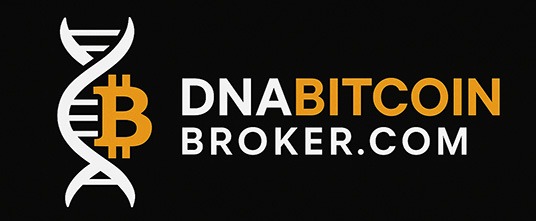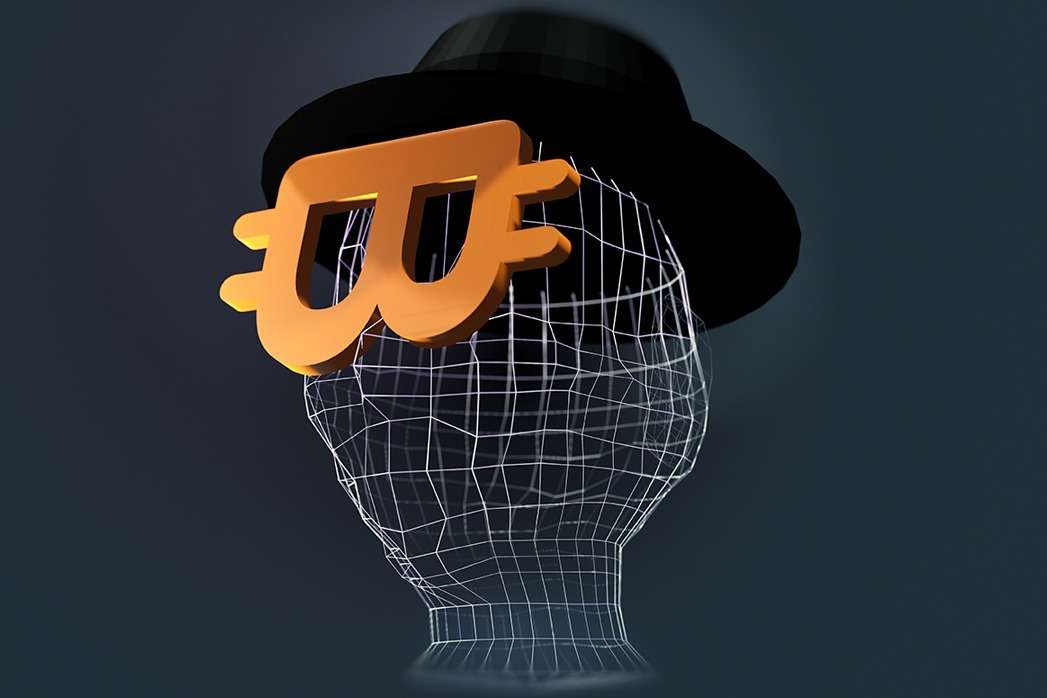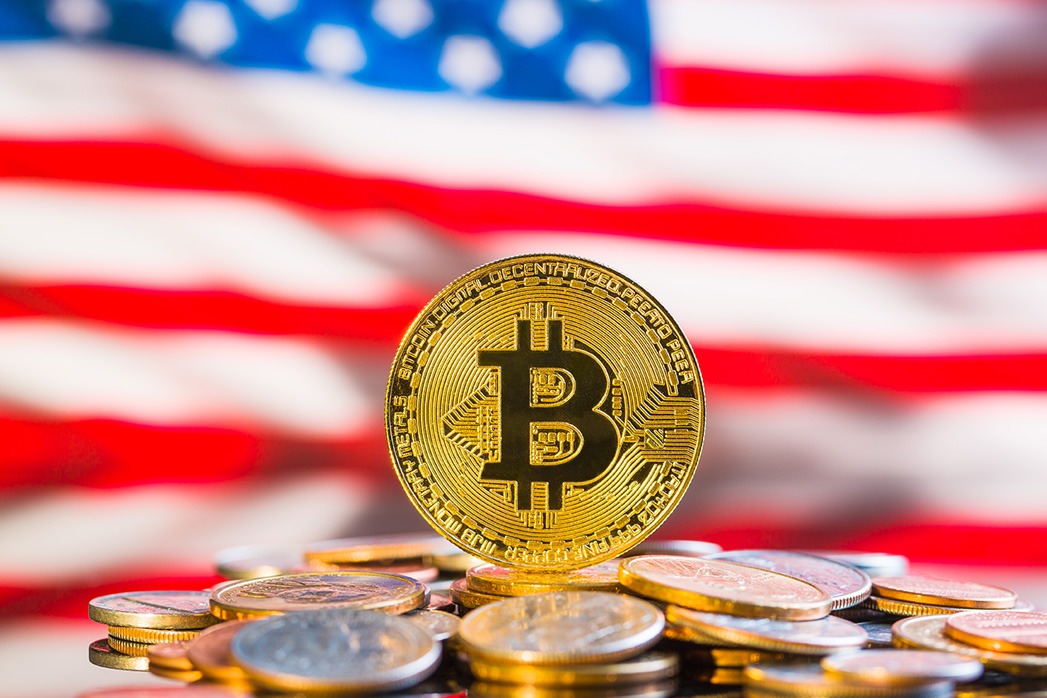Satoshi Nakamoto: The Disappearance That Defined a Decade
“Some legends disappear. Others decentralise.” – DNA Crypto Knowledge Base.
In 2025, more than sixteen years after Bitcoin’s creation, Satoshi Nakamoto remains the most famous mystery in finance.
Was Satoshi a visionary individual, a team of cryptographers, or an intelligence experiment in monetary independence?
The truth may never be known — and that may be precisely what makes Bitcoin work.
As Bitcoin now anchors ETFs, powers global payments, and drives regulatory reform under frameworks like MiCA, the world continues to debate:
Did Satoshi truly vanish, or is their influence still shaping the system they set free?
Learn more: What Is Bitcoin and Why It Matters
The Creation: Bitcoin’s Genesis Moment
In January 2009, the Bitcoin network went live, following the publication of Satoshi Nakamoto’s whitepaper: “Bitcoin: A Peer-to-Peer Electronic Cash System.”
The timing wasn’t accidental.
Just weeks earlier, the global economy was collapsing under the 2008 financial crisis. The first block (the Genesis Block) carried a hidden message:
“The Times 03/Jan/2009 Chancellor on brink of second bailout for banks.”
This wasn’t just a timestamp — it was a protest.
Satoshi’s invention offered a new kind of trust: not in governments or banks, but in mathematics and open-source transparency.
Explore: Institutional Bitcoin Adoption
The Disappearance: When the Creator Walked Away
Between 2009 and 2011, Satoshi collaborated with early developers, exchanged hundreds of emails, and wrote nearly 100 posts on public forums.
Then, without warning, the messages stopped.
In April 2011, Satoshi’s final known correspondence read:
“I’ve moved on to other things. It’s in good hands with Gavin and everyone.”
No farewell press conference. No digital goodbye.
Just silence — the ultimate act of decentralisation.
Since then, the 1 million Bitcoin reportedly mined by Satoshi have never been moved, spent, or proven compromised.
Theories in 2025: The Legend Evolves
Over the years, hundreds have claimed to be Satoshi Nakamoto — from engineers to entrepreneurs to AI researchers.
Yet none have successfully verified control of Satoshi’s original cryptographic keys, the only undeniable proof.
Recent developments include:
– AI Analysis Projects: Advanced linguistic models in 2024 linked Satoshi’s writing style to several early cypherpunk contributors but found no conclusive match.
– Legal and IP Claims: Ongoing international court cases over the “ownership” of Satoshi’s identity continue, but none have produced blockchain evidence.
– New Communications: In early 2025, blockchain forensics teams detected dormant activity in early Bitcoin addresses — later confirmed to be unrelated dust transactions.
The result?
Satoshi’s myth grows, but Bitcoin’s independence strengthens.
Explore: Global Impact of MiCA
Satoshi’s Continued Existence: A System That Outlived Its Creator
The genius of Satoshi’s design is that Bitcoin doesn’t need its founder.
Every node, miner, and developer acts as a piece of Satoshi’s legacy — distributed and resilient.
“If you can’t find the centre, you can’t control it.” – DNA Crypto Knowledge Base.
Bitcoin has survived government bans, exchange collapses, and competing technologies. It has been declared “dead” over 400 times — yet remains alive and expanding.
Satoshi’s disappearance wasn’t an ending. It was the decentralisation of identity itself.
Learn more: DeFi and MiCA Regulation
Why It Still Matters in 2025
Today, as Bitcoin evolves into a mainstream financial infrastructure, Satoshi’s mystery continues to serve a purpose:
it keeps Bitcoin leaderless, neutral, and trustless.
For institutions, that means predictable governance through protocol, not politics.
For individuals, it means true financial sovereignty — the ability to own, hold, and move value without permission.
DNA Crypto views Satoshi’s disappearance as the original proof of concept for decentralised resilience — a self-sustaining economy built on open code, not charisma.
Read: Institutional Tokenisation
DNA Crypto: Preserving Satoshi’s Vision, Regulated for Today
At DNA Crypto, we connect Satoshi’s ideals with modern regulatory frameworks.
Our infrastructure bridges Bitcoin’s decentralised foundation with MiCA-compliant transparency, enabling:
– Secure institutional custody and brokerage
– Cross-border liquidity services for Bitcoin and tokenised assets
– Regulatory readiness for future digital money systems
The world may never find Satoshi.
But their principles — transparency, scarcity, sovereignty — remain encoded in everything we build.
Explore: Crypto Custody Solutions
The Bottom Line
Satoshi Nakamoto’s absence gave Bitcoin its permanence.
Their silence turned a protocol into a philosophy, one that now underpins a multi-trillion-dollar digital economy.
As Bitcoin grows from code to culture, the question isn’t who Satoshi was — it’s how far their idea will go.
For DNA Crypto and the global blockchain community, the answer is clear:
Satoshi isn’t gone. They’ve just been decentralised.
Image: Envato Stock
Disclaimer: This article is for informational purposes only and does not constitute legal, tax, or investment advice.


